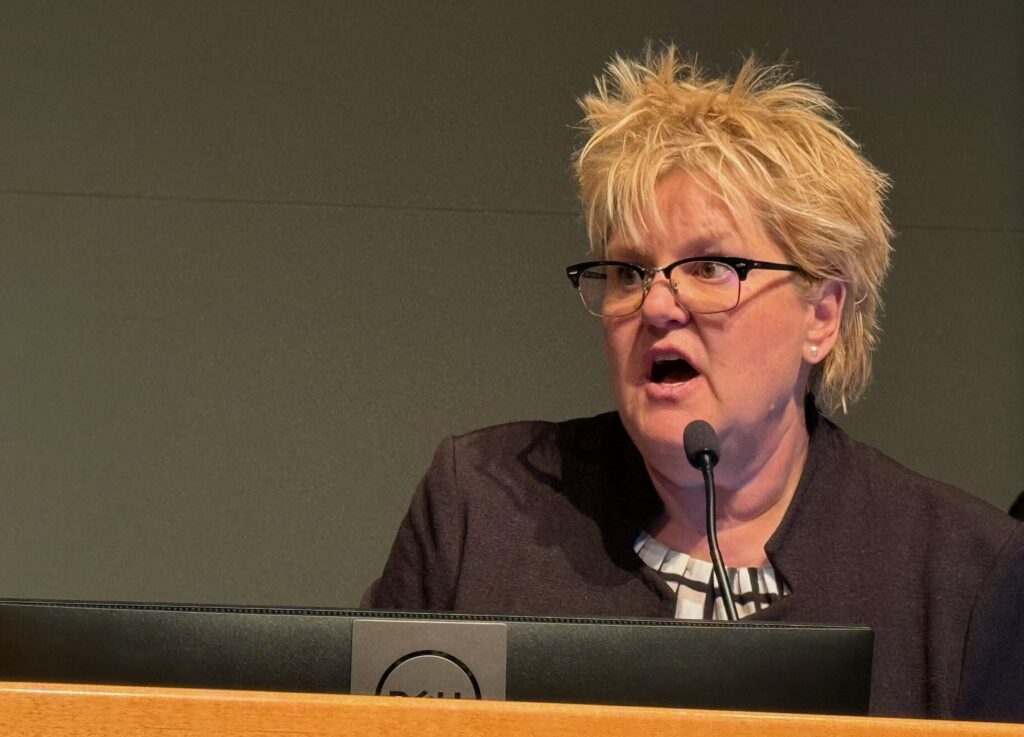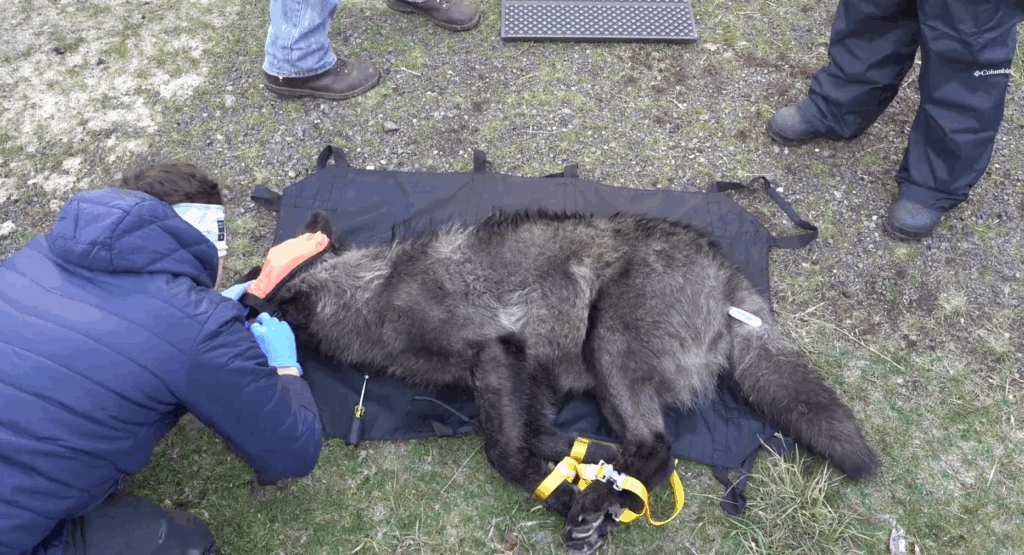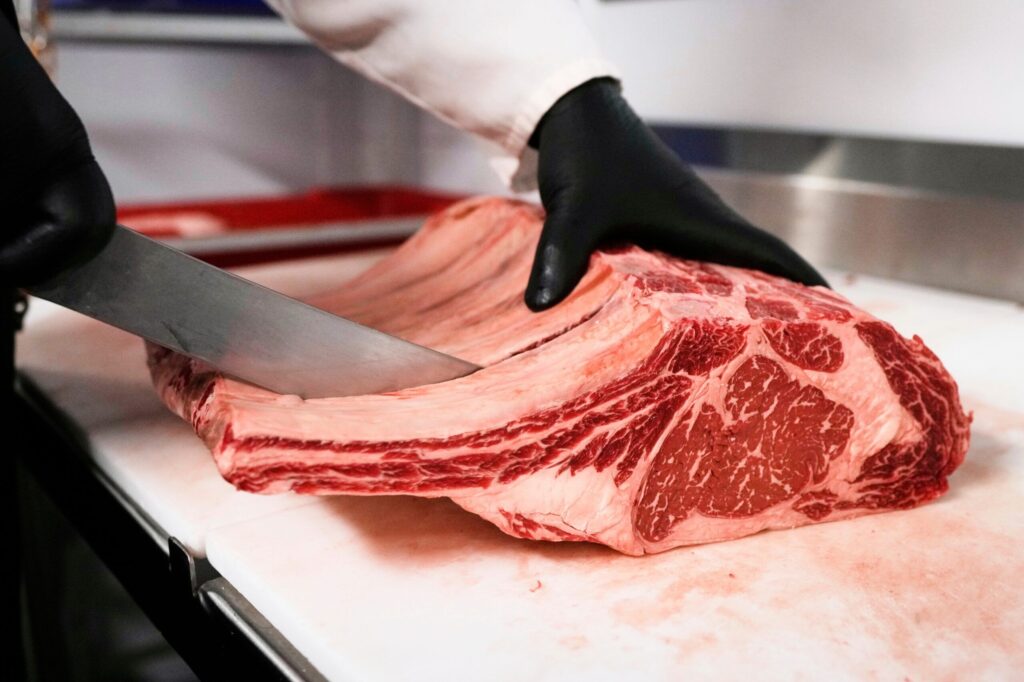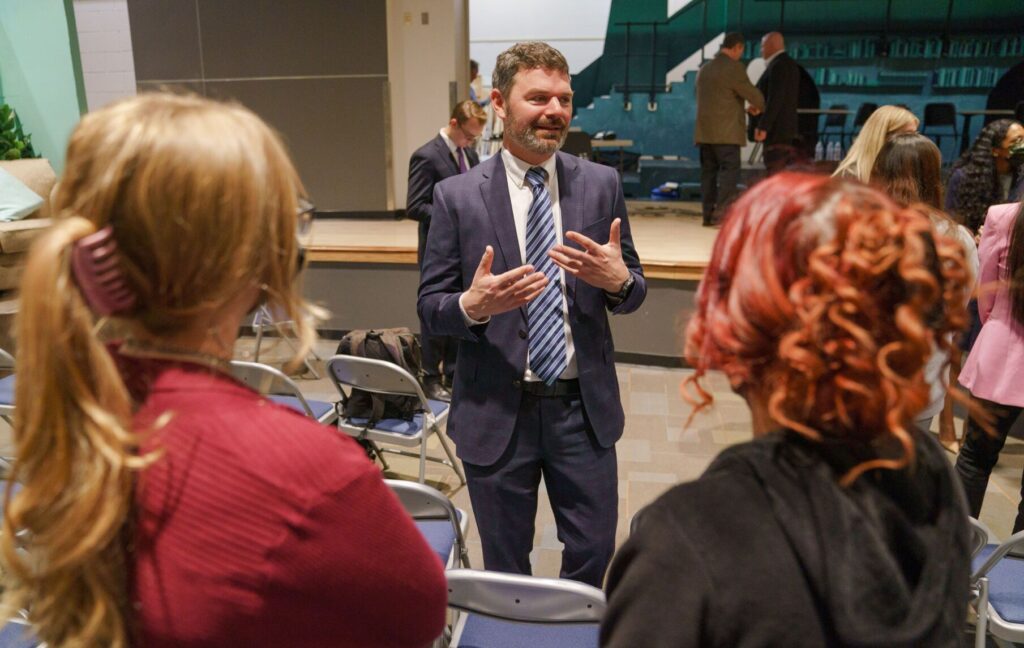Advocates, lawmakers celebrate value, impact of historic preservation in Colorado
“We know historic preservation has a positive economic impact to our state,” Steve Turner, the state historic preservation officer and executive director of History Colorado, told the several hundred preservation experts, community leaders and property owners gathered on Friday, Feb. 3, at the Colorado Convention Center for the Saving Places Conference. Then, pointing to preservation projects across the state, he added, “We can look at these case examples and see it has a positive impact on the quality of life in our communities, too.”
That was the message delivered from numerous angles at the four-day conference, which included tours of historic sites and seminars on everything from techniques to fix historic masonry buildings to tips on advocating for historic preservation with elected officials.
“Your work makes a difference in Colorado, and we need to hear from you,” said House Majority Leader KC Becker, D-Boulder, at the Western Heritage Luncheon, where she recounted working as an attorney with the National Park Service on the National Historic Preservation Act, work she called “near and dear to my heart.”
She noted that fans of the 1966 federal law were celebrating its 50th anniversary and marveled at the foresight exhibited by the lawmakers who championed historic preservation.
“We see how it revitalizes communities, especially downtowns,” Becker said, noting that her sprawling district includes several prominent historic sites. Embracing historic preservation, she added, helps communities adapt, too, including making themselves more welcoming to millennial residents and new businesses.
“I’m always grateful for the time I get to play tourist in my own home and explore places that are new to me but steeped in history,” she said. Later, Becker joined other legislators on stage presenting giant checks to symbolize grants bestowed by the State Historical Fund.
The event, in its 20th year, is presented by Colorado Preservation, Inc., which also manages the Endangered Places Program and oversees preservation projects.
The city of Black Hawk – the state’s second-oldest incorporated municipality – was among key sponsor of the conference, boasting that a full 85 percent of the state’s gaming taxes flow from the city’s casinos, averaging totals over five years, amounting to some $20.4 million per year paid into the Colorado Historical Society’s coffers. (Other recipients of the voter-approved gaming tax money include the state’s travel and tourism promotion fund and community and junior colleges.)
The economic impact, Turner said at the luncheon, was profound. Over the last 35 years, historic rehabilitation projects in Colorado have churned billions of inflation-adjusted dollars through the state’s economy, creating nearly 30,000 jobs and adding more than $1 billion to the household earnings of residents.
According to a 2017 report funded by History Colorado and run by Colorado Preservation, Inc., and Clarion Associates, every $1 million spent on historic preservation in the state leads to an additional $1.03 million in spending, creates 14 new jobs and increases household incomes across the state by $636,700.
Adding it all up, since 1981, in inflation-adjusted dollars, the State Historical Fund has accounted for $1.1 billion in direct impact, the state tax credit program has contributed $192.9 million, and the federal tax credit program has been responsible for $1 billion in spending. The indirect impacts of that spending roughly doubles the figures, according to the study, meaning the cumulative economic impacts of rehabilitation projects have totaled $3.9 billion over the period.
Turner paused for a moment to warn the audience that they might need to “spring into action” to help the community preserve federal tax credits.
“It’s not certain,” he said, “but there is concern from the National Trust (for Historic Preservation) in D.C. that the tax credits may be in jeopardy going forward.”
“But it’s not just about tax credits and restoring buildings,” he said. “(Historic preservation) has a huge impact on heritage tourism in the state.” Spending by tourists interested in historic sites spreads billions more into the state’s economy, and it’s growing at a fast rate, up by 21 percent in 2015 from the year before, according to the most recent figures available.
What’s more, heritage tourists have a larger economic impact than tourists who visit Colorado for strictly recreational reasons, Turner said, amounting to $7.2 billion in direct spending in 2015, compared with $6.9 billion the same year for the recreational folks.
Another impact, he noted, was the economic activity boosted in restored historic downtowns, including those involved in the state’s Main Street Program, run by the state’s Department of Local Affairs. In 2014, according to the most recent figures available, that program leveraged $19.7 million in public money with $33.6 million in private investment, renovating 98 buildings and creating 266 full-time and 111 part-time jobs in the process.
Turner singled out two communities, Leadville and Trinidad, for rehab projects that have injected more vitality into the towns. In Trinidad, for instance, the city has bought an entire historic block and is turning it into an arts district.
“Arts are the reverse of the canary in the cave,” he said. “When you see artists moving into a community, it’s just a matter of time before everything takes off, and we certainly expect to see that in Trinidad.”
At times waxing poetically – at one point, he quoted T.S. Eliot – state Sen. Owen Hill, R-Colorado Springs, took the stage to present an award to a program that involves youngsters in historic preservation.
Hill invited half a dozen participants in the Preserve America Youth Summit on stage, along with the program’s director and founder, Ann Pritzlaff, and said he’d introduced several of them in Senate chambers earlier in the day when they’d visited the Capitol.
“You spend time with these students, you recognize how blessed we are, how optimistic we should be about the future of Colorado,” Hill said.
Then he talked about the importance of history.
“We are the memory of 1,000 generations,” Hill said. “The story of Colorado tells us who we are through the countless tales of pioneers and patriots. The story also tells why we hold so fiercely to this idea of freedom and independence, as westerners. This story of Colorado is our own story, and it’s woven every day into our modern lives.”
Nodding to the students alongside him on stage, he said, “The value of holding on to history in Colorado is not so we don’t forget what’s happened in the past, as so often we are taught, but its deep significance is that the history of Colorado is intricately woven into who we will become.”
Pointing out that more than 3,000 students have been involved in the program over the last decade, since Pritzlaff conceived of it over pizza, Hill added, “They’ve changed the face of the buildings, they’ve changed the face of the footsteps in which we walk.”
That, he said, returning to more prosaic phrasing, was the importance of the award he was about to present. “These students up here, it’s who Colorado will become.”
And then Hill handed History Colorado’s 2017 Colorado State Historic Preservation Officer’s Award for Preservation Education to Pritzlaff, honoring the program for excellence in preservation education.
The program, she said, was started to fill a gap for middle and high school students to become engaged in historic places and important public places, and it’s thrived under the umbrella of History Colorado and the National Park Service. In fact, the Park Service has tried to make the Colorado program into a national model, establishing youth summits in seven other states.
Pritzlaff then switched hats to present an award in her own name to Barb Pahl of the National Trust for Historic Preservation, the Ann Alexander Pritzlaff Leadership Award in Historic Preservation, to recognize work with a statewide impact.
Quoting from the hit Broadway musical Hamilton, although she smiled that she lacked the proper rap cadence, Pritzlaff summed up how Pahl had stayed involved with the endeavor of historic preservation for decades.
“‘When you got skin in the game, you stay in the game,'” she said. “‘But you don’t get a win unless you play in the game. Oh, you get love for it, you get hate for it, you get nothing if you ain’t in the room where it happened.'”
“For 35 years in preservation leadership in Colorado,” Pritzlaff concluded with a smile as applause filled the room, “Barb has been in the room where it happened and definitely has been loved and hated but stuck with it.”











